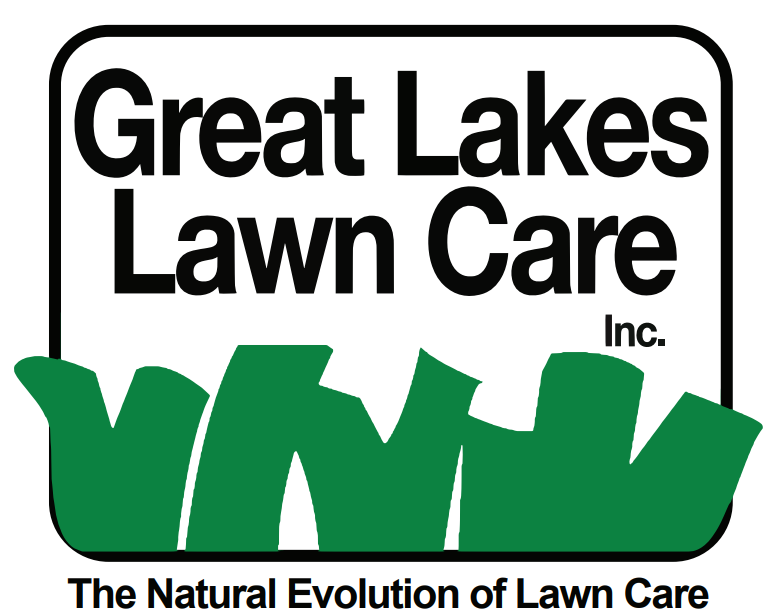Great Lakes Lawn Care’s Weed & pest control Resources
Weed Control
Controlling persistent weeds can be challenging, especially when dealing with tough, resilient varieties like dandelions. Once a weed takes hold in your lawn, eliminating it can be a time-consuming and difficult process.
When it comes to weed removal, there are several treatment options to consider:
- Aggressive weed control treatments
- Spraying the entire lawn
- Using natural removal techniques
- Hand-pulling weeds
- Spot spraying affected areas
Unfortunately, there is no one-size-fits-all solution for effective weed control. With pesticide restrictions in place, treatment options may be limited, making it essential to have experience and expertise to choose the right approach. Successfully maintaining a lush, weed-free lawn requires a well-planned strategy and ongoing care.
Key Facts About Weeds:
- Weed control products only target actively growing weeds—they do not eliminate weed seeds, meaning prevention is not guaranteed.
- A single weed control application is not enough for the entire growing season, as new weed growth will continue to emerge throughout the year.
- When treating dandelions, applying weed control too early may allow more stubborn weeds to persist, as they tend to surface later in the season.
For the best results, a consistent and strategic approach is necessary to keep your lawn healthy, vibrant, and weed-free.
Pest Control
Insect problems tend to arise when conditions are most favorable, typically as temperatures rise and insect populations increase.
Your best defense against lawn-damaging pests? A healthy, well-maintained lawn. At Great Lakes Lawn Care, we focus on cultivating thick, resilient grass that is less attractive to insects as a food source or habitat. Strong lawns are also better equipped to withstand occasional insect activity. If pests become a concern, our expert team is ready to assess and provide targeted solutions.
Grubs: Key Facts
- The best time to treat grubs is August through October using beneficial, natural nematodes.
- White grubs feed on grass roots, weakening the lawn.
- Spring treatments are ineffective, as the grubs are too mature by then.
- Skunks and raccoons often dig up lawns in early spring and fall in search of food, but this doesn’t always indicate a grub problem—they may be feeding on other organisms as well.
- Our experienced technicians can assess your lawn and recommend treatment if necessary.
Chinch Bugs: Key Facts
- Adult chinch bugs are black with white wings and are less than ¼ inch long.
- Nymphs are red with a white band across their backs.
- Chinch bugs suck fluids from grass blades, leading to damage.
- They are most active in hot summer months—infestations first appear as yellow patches that turn brown and die.
- Lawns in full sun or suffering from drought stress are most vulnerable to chinch bug damage.
Leatherjackets: Key Facts
- Lawn damage is caused by the larvae, which feed at the soil level.
- These pests, named for their leathery gray-brown skin, are the larval stage of the European Crane Fly.
- Adult crane flies resemble large mosquitoes and appear in late summer in significant numbers.
- Female crane flies can lay up to 280 eggs in the grass or soil.
- Larvae feed continuously from August through May, damaging roots and seedlings.
- During winter, they burrow deeper into the soil for protection against frost and flooding.
- Spring infestations cause brown patches that may become bare if untreated.
- Our expert team can inspect your lawn and recommend treatment if necessary.
If you suspect an insect or pest issue, contact Great Lakes Lawn Care for a free lawn analysis and quote. We’ll diagnose the problem and provide the best course of action to restore your lawn’s health.



